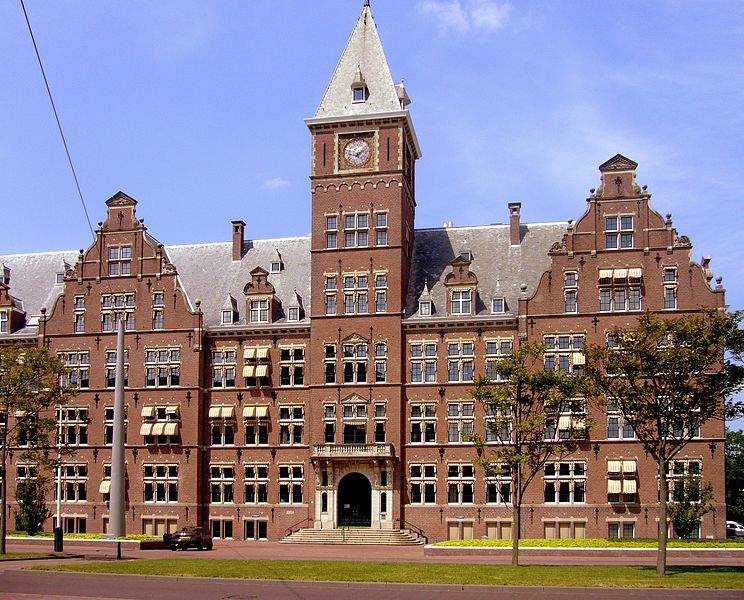Oil and gas firm Shell has launched its 3.5KT capacity LNG station in Herstal, Liège, Belgium, to cater to trucks.

Image: Shell’s headquarters in The Netherlands. Photo: courtesy of P.L. van Till at nl.wikipedia.
Said to be the first of its kind in Belgium, the station is located near the three-border point at the E313 which is claimed to be a key route for international road freight.
Shell Belgium commercial director Laurent Charlot said: “LNG fuel is an important option for transport companies. Shell is committed to thriving throughout the energy transition and LNG will play an increasing role in the energy mix.
“We expect demand for LNG to grow and continue to work with truck manufacturers, customers and policymakers to promote the use of LNG as a cleaner-burning and more affordable transport fuel. The station in Herstal is an important step in the further expansion of our network of LNG stations in Europe.”
The new station can supply 150 trucks with LNG daily. LNG is claimed to be cleaner-burning than diesel and produces less sulfur, particulates and nitrogen oxides.
Belgium Federal Minister of Energy, Environment and Sustainable Development Marie Christine Marghem said: “With the rising demand for energy and the increasing need to reduce transport emissions, we face the challenge of how to make transport both more efficient and cleaner at the same time.”
Shell said that LNG plays a significant role as a solution for heavy-duty road transport.
Additionally, road transport companies are increasingly opting LNG fuel as it offers financial and environmental benefits compared to conventional diesel, the firm noted.
Shell currently operates seven LNG stations in the Netherlands including in Rotterdam, Waalwijk, Amsterdam, Pijnacker, Waddinxveen, Eindhoven and Heerenveen.
Over the next 12 months, the firm plans to open further LNG stations in Europe as it sees increased demand for LNG fuel from heavy-duty road transport sector.
By 2025, Shell Retail business aims to generate 20% of its fuels margin from low-emission energy solutions at its stations.
